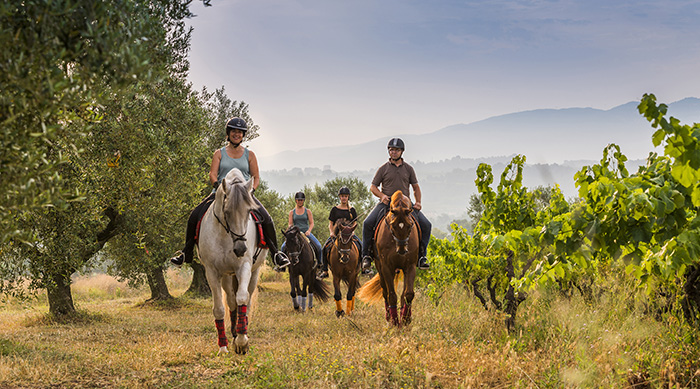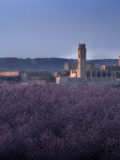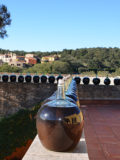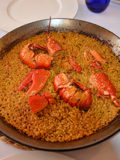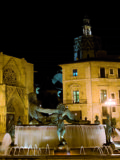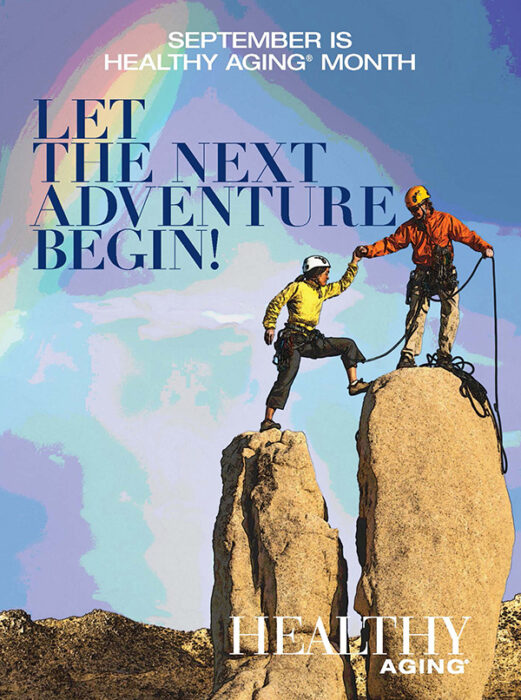By Carolyn Worthington
How Does A Wine and Food Tour Sound?
Imagine riding your bike leisurely from vineyard to vineyard, stopping to taste a full-bodied cabernet, a fruity, or a sparkling white wine. Picture ending your day with enjoying a dinner made from local ingredients and prepared by a world-class chef.
This could be you … in a place called Catalonia.
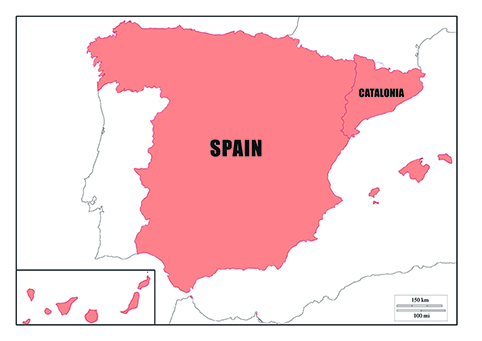
Map: Spain Tourism Board
Where in the World Is Catalonia?
If you’ve been to Barcelona, then you have been to Catalonia. But Barcelona is just one part of this romantic and gastronomic region, etched with wine trails to discover.
Catalonia is the northern most region of Spain, touching France and the tiny country Andorra. More accurately, Catalonia is one of the 17 “autonomous communities” that make up Spain. These “communities” are in a way like the states in the U.S. Each “autonomous community” has its own flag and capital.
The autonomous community of Catalonia lies at the base of the French Pyrenees Mountains to the north. Contrasting in climate and topography, it is graced by over-360 miles of Costa Brava beaches on the Mediterranean Sea to the east, flanked by the community of Aragon to the west and Valencia to the south.
4 Provinces of Catalonia
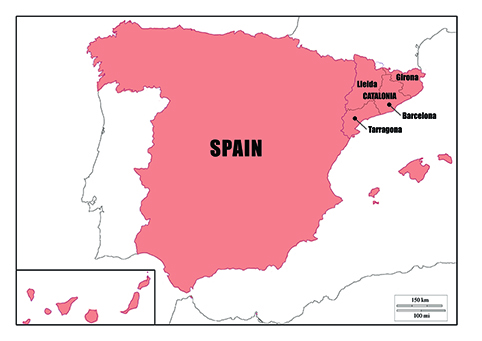
Map: Spain Tourism Board
Four distinct provinces make up Catalonia: Barcelona, Girona, Lleida, and Tarragona. Catalonia has a population of over 7.5 million people. Barcelona, the city, is the capital of the region.
Now that you have reviewed your geography knowledge, you might want to check out this beautiful area beyond a visit to the city of Barcelona.
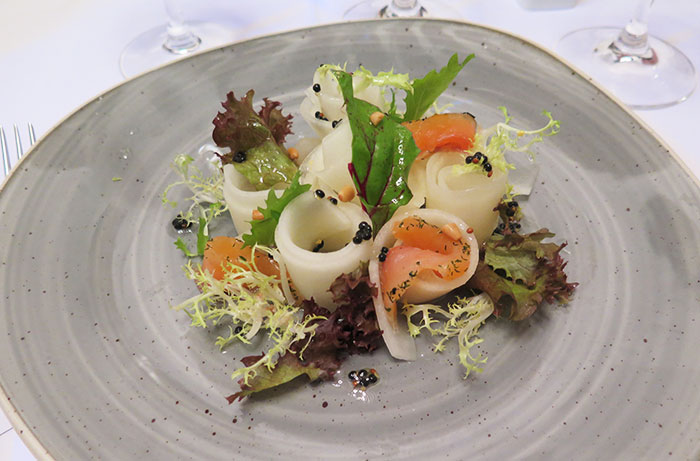
A seafood sampling from Xalet Suis Restaurant, Lleida, Catalonia, Spain
Wine and Food Heaven for Foodies
Catalonia, or Cataluña in Spanish, is renowned for its wine-making, which began as early as when the Phoenicians brought their skills to the land. The cuisine can compete with any country that takes pride in their own gastronomy.
There are 10 important wine regions of Catalonia waiting for your exploration and wine tasting:
1. Alella
2. Conca de Barberà
3. Costers del Segre
4. Empordà
5. Montsant
6. Pla de Bages
7. Tarragona
8. Terra Alta
9. Penedès
10. Priorat
Alella is a small wine region known for its low acid Maresme wines and higher acid Valles wines. Conca de Barberà is located in the region of Tarragona and produces mostly whites such as parellada. Trepat, a rosé, is also produced here.
Costers del Segre, located in the provinces of Lleida and Tarragona, has a semi-arid climate with primarily limestone soil that provides for the unique tastes of the wines such as the whites—sauvignon blanc, macabeo, and gewürztraminer—and the reds—garnatxa negra, cabernet sauvignon, and trepat.
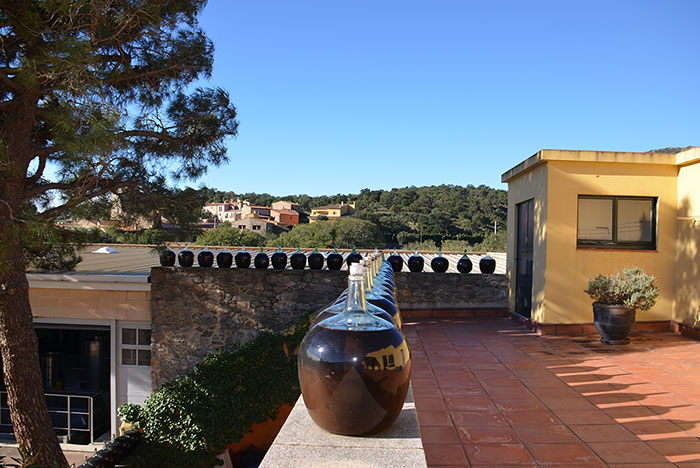
Emporda Province Vinyes del Aspres Winery. Photo: C. Worthington
Empordà stretches from the town of Figueres to France and near the sea in the south. Most of the wine produced here are reds, particularly rosé wines. Whites and dessert wines like grenache and moscatell are here, as well.
Montsant is located in Tarragona and produces powerful red wines along with whites like chardonnay and white grenache.
Pla de Bages, in the province of Barcelona, wins the award for being the smallest wine region at about 2.3 square miles. It is also one of the newest, coming on board as a region in 1995. Pla de Bages took time off from winemaking for almost 100 years when the phylloxera “plague” destroyed most wine vineyards there and all over Europe. It’s said the phylloxera insect was brought to Europe inadvertently by botanists who had gathered American vines.
Tarragona is blessed with two types of topography, resulting in a variety of wine styles. The region is located in part on the Mediterranean, sweeping up to the base of the Serra del Montalt mountain range. Wine styles vary from sweet fortified wines to cabernet sauvignon and from merlot to cava.
Terra Alta means “high land,” so the wine region is … in the mountains. Summers are hot here and the winters very cold. The region is small and remote, which may be why Pablo Picasso spent vacations here when he was young. The wine cellars of El Pinell de Brai and Celler Cooperatiu de Gandesa were designed by Cèsar Martinell, a student of famed architect Antoni Gaudí.
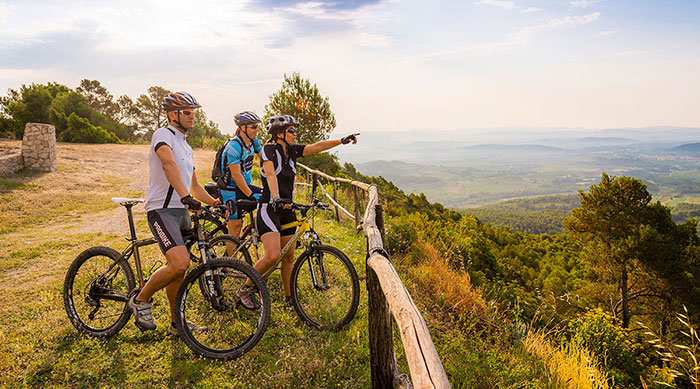
Cycling through the vineyards. Photo: Enoturisme Penedes
Penedès is the largest wine region and one with quite a diverse terrain. It is considered the home of cava, the white sparkling wine that makes Catalonia famous in the wine world.
Wines of Priorat, also well-known, are made from grapes grown on slanted hillsides, often picked by hand, and bearing tastes drawn from the volcanic tinges of the soil.
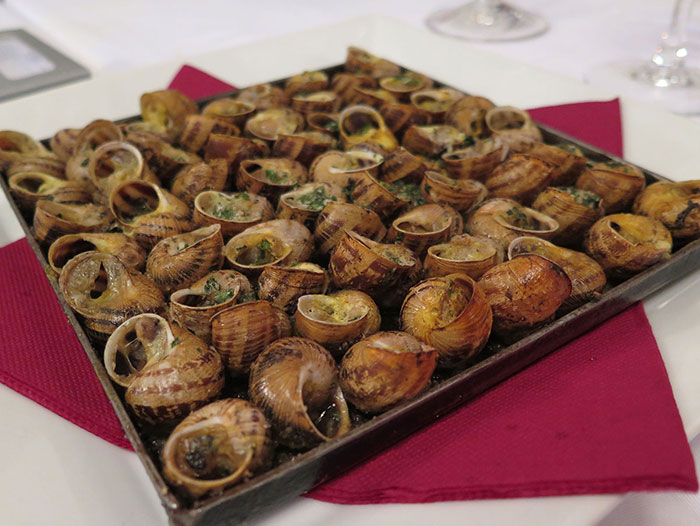
Snails are a local delicacy. Served here at Xalet Suis. Photo: C. Worthington
Foodie Heaven
Catalonia is heaven for any foodie traveler. Discover the classic Catalan dishes like snails that are often served in butter like the French escargot or in the local dish conill amb cargols, rabbit with snails. Also available is anything with the locally produced olive oil or crema catalana, which is like crème brûlée—a creamy, custard-like flan.
Ferret out the chef-owned-and-operated restaurants, many of which now feature the new wave of creative chefs coming onto the scene.
Climate Control
The weather is somewhat like parts of California with the hot temperatures in the summer along the coast with cooler temperatures in the higher elevations near the Pyrenees. Two main languages are spoken here, Spanish and Catalan.
Michener on the Spirit of Catalonia
“Cataluña is special. Because we are so mixed in our heritage, we are not narrow-minded
little provincials. We have a bigness of spirit … a singing of the heart.”
So reported famed Pulitzer Prize winning writer James A. Michener in his book Iberia upon asking a native of Catalonia what made his homeland special.
Michener understood. He too felt the spirit of the area and all of Spain. So much so that he professed his love of Spain as a traveler and as a place he called his second home in his more-than-800-word book published in 1968.
Although written almost 50 years ago, the words still hold true. The “spirit and singing of the heart” are alive in Catalonia, one of Spain’s best-kept secrets and a place not to miss.
You can explore Catalonia just as James Michener did while knowing that Catalonia still has the same charm but has grown up to have a very cosmopolitan flare.
Here you can find the culture, the history, and the shopping plus the opportunity to explore the many wineries and taste the cuisine of this region.
Touring the Four Provinces of Catalonia
To see, taste, and enjoy everything of this area takes a lifetime. But here, we will give you a suggested four-day tour to sample Catalonia and a chance to visit the four provinces of Catalonia: Barcelona, Girona, Lleida and Tarragona.
Day 1—Discover the Penedès Wine Region
Begin With a Cava Toast to Catalonia in the Barcelona Community
Begin your journey to romantic Catalonia by flying into Barcelona, Spain. For leisurely touring the wine country, we recommend renting a car.
First stop is the 12th century town of Vilafranca del Penedès as it was called until 1982, known now as just Vilafranca. It is under an hour’s drive or train ride due west of Barcelona.
Vilafranca is considered the wine capital and no wonder since the area has cultivated grapes for wine since the 7th century B.C. There are so many wine and cava wineries to visit.
A map with links to the wineries can be found at the following web address: turismevilafranca.com/en/cellers-i-caves.
To get a terrific overview of the history, the making, and the spirit of cava, the sparkling wine of Catalonia, head over to the Centre d’Interpretació del Cava, about nine miles northeast of Vilafranca. This is the perfect place to begin your immersion in the world of the sparkling Spanish wine called cava.
The centre offers multi-media presentations of the origins of cava through its history plus the processing, culture, lifestyle, and spirit of the bubbly beverage.
CIC Fassina
Interpretation Centre Cava
c. Hospital, 23
08770 Sant Sadurní
Barcelona
T: (34-93) 891-3188
F: (34-93) 891-4367
turisme@santsadurni.cat
turismesantsadurni.cat
Active Ways to Discover Vilafranca
You don’t have to worry about your waistline while discovering the wineries here—there are numerous walking and cycling tours to take while enjoying the wines and scenery. You can even take a Segway … one of those mobile scooters.
You can rent touring bikes that come complete with helmet, a map, or GPS and go for four hours, sampling wines and enjoying local fare at the wineries.
If you are just lazy or can’t physically ride easily for hours on end, you can also rent an electric bike.
The following link contains a list of hikes and cycling trails to enjoy, ranging from “not difficult” to “more challenging”: Hikes and Cycling Trails.
Next Stop: Cava Tour in Codorníu
Codorníu, with its wine-growing origins reaching back to 1551, is considered the oldest family businesses in Spain. The name is synonymous with cava, the white sparkling wine, that the winemaker started making in 1895. Today, Codorníu is the largest producer of sparkling wine fermented in the bottle and made by the traditional method of Champagne.
Visit Codorníu’s “nerve center” as they call it … designed by the world-renowned architect Josep Puig i Cadafalch who was an acclaimed modernista, or art nouveau, architect who designed many buildings in Barcelona. The winery building was honored as by the National Historical and Artistic Heritage Institute in 1976 and is a sight to see all in itself.
Today, Codorníu is the leading producer of Spanish cava and is run by a 17th-generation member of the Codorníu family. In addition to the cava business, Codorníu now owns 11 wineries around the world.
Anna de Codorníu is the company’s most popular cava and the leading sparkling wine in Spain. In the U.S., the Anna de Codorníu Brut Rosé is particularly popular. It is currently in the top-10 list of sparkling rosés in the $11–$15 range in the U.S., according to recent Nielsen numbers.
Plenty to Do At Codorníu
There are several fun ways to explore Codorníu and learn about cava. The following are some examples and many require an additional fee:
Cava Tasting Beginners Course
Take an intensive wine-tasting course in a winery. Learn the art of wine tasting and discover the secrets of cavas Codorníu.
Underground Cellars (Tour Train)
A beginner’s cava-tasting course that will initiate you into the three key steps of wine tasting. The tasting includes six Codorníu cavas.
Bicycle Tour and Codorníu Visit
With the Montserrat Mountain as a backdrop, take a tour of the Codorníu vineyards by bicycle. They say they are “passionate about cycling, nature, and sparkling wine” and invite visitors to an unforgettable morning, pedaling through vineyards by bicycle. Electric bikes are available for those who prefer to take it easy and still enjoy the scenery.
Chocolate and Cava
Another option at is to visit the world-renowned chocolate maker Simon Coll, maker of fine chocolates since 1840.
Learn about the origins of chocolate, how it is processed and made into the delicious forms through an audio-visual presentation, a glimpse into the chocolate workshop, and—of course—chocolate tastings.
Pick up chocolate at their chocolate store, which is just as much of an experience as the tour with the more-than-400 varieties of chocolate products and special holiday exhibits. There is a small fee for the tours.
Codorníu
Av. Jaume Codorníu s/n—Sant Sadurní d’Anoia
visitascodorniu.com
Simon Coll SA Chocolate Space
Center visitor information and reservations
San Pedro, 37
08770 Sant Sadurní
Barcelona (Spain)
T: (34-93) 891-1095
simoncoll.com
Opening hours:
Monday to Friday from 9 a.m. to 7 p.m.
Saturday and Sunday from 9 a.m. to 3 p.m.
Next Stop: Organic Wine and Cava Tasting at Cavas Bolet
Bolet wines have been made by the same family for seven generations. A visit to the Cavas Bolet winery will entice your senses as you taste their wines, ranging from white, pinot noir, “black tempranillo,” and merlot. You shouldn’t miss their “100-percent natural fredolic,” their intense cherry-red cabernet sauvignon wine with its fruity taste and mineral twinges, reflecting the land where the grapes were grown.
You will also have the opportunity to sample their cavas from their brut classic and rosado pinot noir to their gran reserva.
Tapas are also available. All tastings have a small fee.
Cavas Bolet
Finca Mas Lluet s/n
Carretera St.Marçal Km 15 BV2117
08732 Barcelona – Catalunya – España
More Information
To learn more about Catalonia, here are helpful links:
Catalonia Tourism: catalunya.com
Spain Tourism Board: Spain.info
Barcelona Tourism
Girona Tourism
Tarragona Tourism
Penedes Region
LLeida Tourism
Costa Brava
Where to stay in Barcelona:
K&K Hotel Picasso
Passeig de Picasso, 26-30
08003 Barcelona, Spain
Conveniently located in the chic El Born disctrict of Barcelona on the “Passeig de Picasso.





